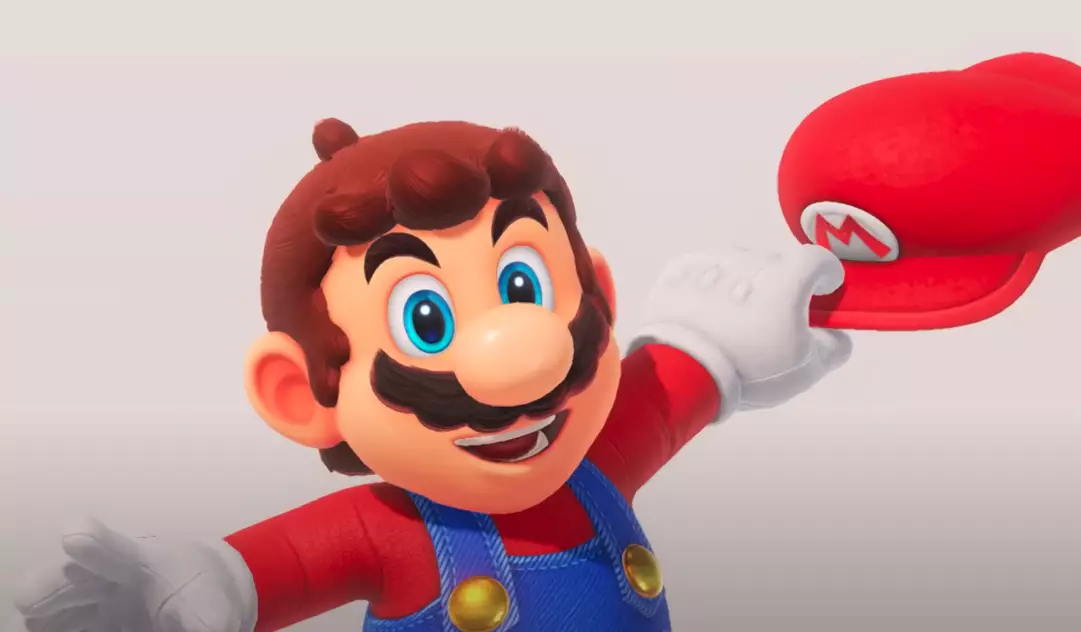In the world of video game design, few elements are as instantly recognizable as the pipes in the Super Mario franchise. Shigeru Miyamoto, the creator behind Mario, has shed light on the unexpected inspiration behind these iconic objects. In a recently surfaced interview from 2000, it was revealed that the idea for the pipes did not initially accompany Mario’s debut as a plumber. Instead, it was a chance encounter that revolutionized an entire gaming paradigm.
Miyamoto recounted how while walking through the streets of Kyoto, he spotted a simple plastic pipe protruding from a wall. This moment ignited a creative spark, leading him to solve a design problem related to how enemies interacted with the game environment. Due to the limitations of the game’s two-dimensional screen, foes that moved downwards needed a mechanism to return to the top of the screen seamlessly. Thus, the warp pipe was conceived, cleverly allowing enemies—and eventually players—to transition between levels.
Miyamoto’s design decisions were not arbitrary; they were deeply influenced by the narrative and environmental context in which Mario operates. He had initially envisioned a setting reminiscent of New York City, with a focus on its complex underground tunnels that host various creatures, such as turtles and crabs—enemies that would populate the game. Interestingly, at the time of creating the game, Miyamoto had never visited New York. Nevertheless, his interpretation of an underground urban environment underscored the relationship between local ecology and gameplay.
The tunnels became a logical choice for Mario’s world, as they provided a hidden space where players could explore and interact with the challenges presented by the game’s enemies. The concept of an underground environment not only benefited gameplay mechanics but added a layer of intrigue to the gaming experience.
Another engaging aspect of Miyamoto’s thought process involves the choice of color for the pipes. While he could not pinpoint a specific rationale for selecting green, he noted that the technological constraints of the time played a significant role. The early gaming systems were limited in their color palettes, which mandated careful selection of hues that would be visually striking yet distinct.
Miyamoto noted that colors such as blue were strikingly beautiful, yet with limited tones available, green emerged as a practical choice that lent itself well to gameplay aesthetics. This decision reflected a balance between artistic desires and technical limitations, a common theme in the gaming industry.
Miyamoto’s recollections of the genesis of Mario’s pipes continued even years later. In a 2009 interview, he shared another anecdote regarding a set of drainage pipes he encountered during one of his walks home. This experience again proved transformative, reinforcing the idea that simple, everyday observations could lead to groundbreaking developments in video game design.
The notion of something emerging from a pipe only to disappear back into it aligns with classic game mechanics. This cyclical concept not only informs how characters move within the game but also provides players with a functional understanding of the environment. The idea that aspects of reality could be translated into creative gameplay mechanics illustrates the innovative spirit that defines the Mario franchise.
As we anticipate the future of the Mario franchise, the legacy of those initial design choices remains influential. While Nintendo has not announced new Mario games, speculation surrounds the potential for fresh iterations, particularly with the expected release of the Switch 2. The charm and essence of Mario’s universe continue to captivate audiences, largely due to the foundational elements established by Miyamoto decades ago.
The journey of Mario’s pipes from a simple observation in Kyoto to a gameplay mechanic that defines the franchise is both fascinating and telling. It highlights the importance of inspiration derived from everyday experiences and the profound impact of practical design considerations. As technology evolves, one can only wonder what new innovations will emerge to further enrich the worlds of Mario and beyond.


Leave a Reply